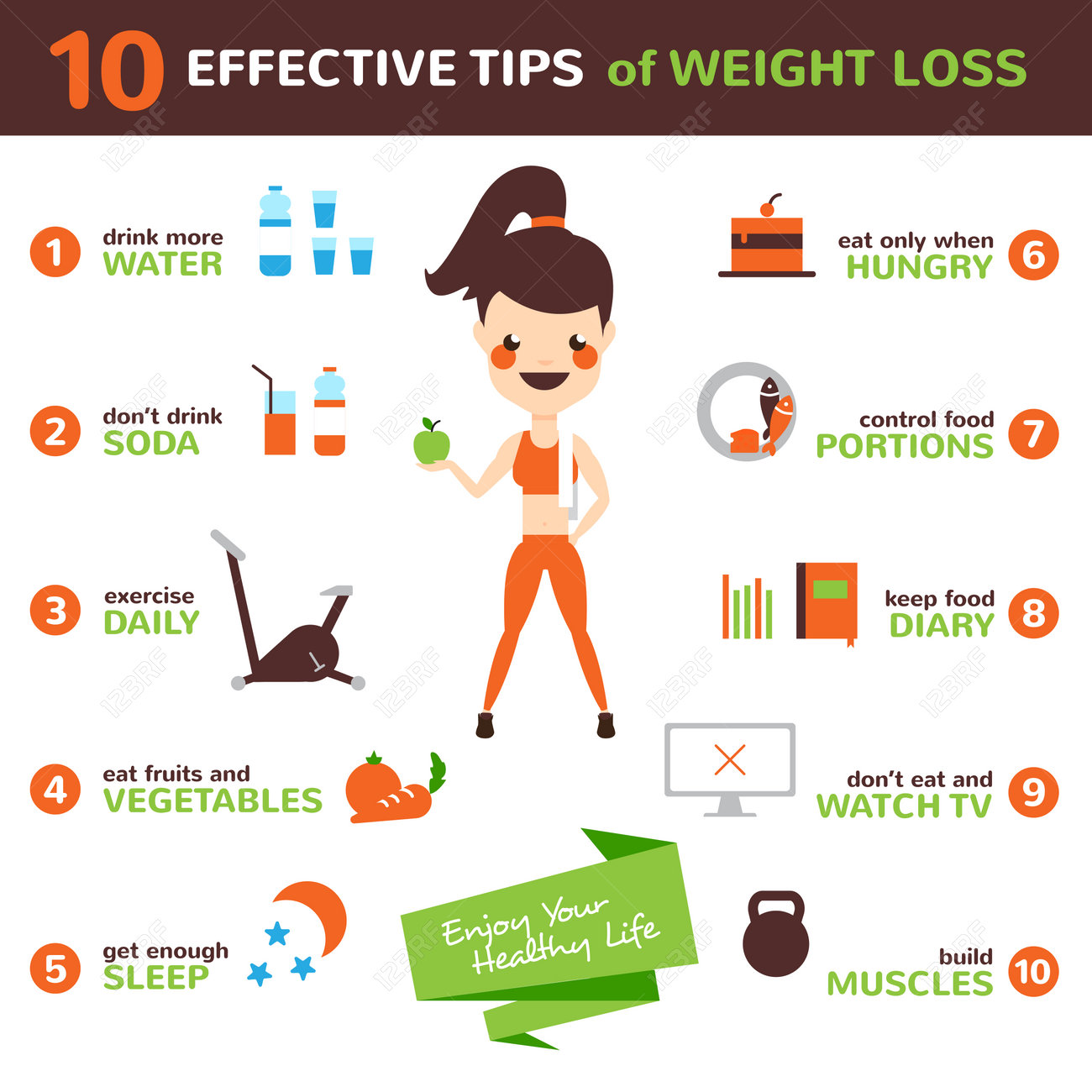Cold Laser Therapy Prices Unveiled The Ultimate Guide
Cold Laser Therapy Prices Unveiled The Ultimate Guide
Blog Article
Scientific Study on the Efficacy of Cold Laser Technique
Cold laser therapy is a helpful tool to aid in pain monitoring and the recovery procedure. It is usually made use of in sporting activities medication, dermatology and acupuncture.
Cold lasers permeate deep into cells and promote chemical modifications without heating them. They decrease inflammation and swelling, speed mobile task and speed up healing.
Theoretical Background
Unlike the high-intensity lasers that surgeons use to cut through cells, cool laser treatment utilizes light-emitting diodes to penetrate into your skin and advertise recovery. As these photons get to damaged tissues, they launch a domino effect that boosts your cells' manufacturing of enzymes and increases your body's natural recovery processes.
The photons additionally lower discomfort via the manufacturing of endorphins and enhance your body's capability to drain puffy locations by causing vasodilation (the expansion of blood vessels). As a result, it aids you recoup from bone and joint injuries and discomfort faster.
Many people have actually read about chilly laser treatment from their physiotherapist, chiropractor or medical professional and may be wondering just how it works. Unlike most laser tools utilized in the medical area, which actually warm up cells, our state-of-the-art tools discharges cold laser light beams that do not trigger any home heating of your tissues. This allows your body to obtain the restorative benefits without causing any type of side effects.
Scientific Trials
Cold laser treatment is frequently advised as a treatment option for individuals who have bone and joint pain and injuries. It can be made use of to decrease swelling, strengthen cells and accelerate the body's all-natural healing procedures.
Non-thermal photons of red and infrared laser radiation are absorbed by the light sensitive components in cells and start a rise in intracellular metabolic process that increases cell recreation, reduces inflammation, removes edema and shortens recovery time.
Unlike the light that is created by sunlight or common lights, laser light is parallel (all wavelengths traveling in the same direction), meaningful and monochromatic. These residential properties allow laser power to pass through deeper right into the cells.
Several scientific tests have revealed that LLLT can be reliable in reducing discomfort in the bone and joint system. Nevertheless, more properly designed studies are needed to examine the optimum settings for laser irradiation and to identify its performance in specific conditions, such as dental mucositis in cancer cells patients getting radiation treatment or radiotherapy, and injury recovery (including diabetic abscess adhering to hammertoe surgery). This Aetna policy notice does not deal with various other uses LLLT, consisting of the laser treatment for tendonitis near me therapy of various skin diseases.
Conclusions
Unlike surgical lasers that can ruin lumps or coagulate cells, cool laser therapy does not heat the body's cells. Instead, the light promotes your cells to generate adenosine triphosphate, which quickens the repair process of injured tissues.
Aetna thinks about low-level laser (LLL) therapy clinically needed for the avoidance of dental mucositis associated with cancer treatment (chemotherapy, radiation therapy, hematopoietic stem cell transplantation) and non-cancer treatments (such as radiodermal injury, fibromyalgia). A number of research studies showed that LLT can be efficient in lowering PU signs and symptoms without adverse effects. However, differences in study designs and laser dosimetry made comparison of the outcomes difficult; RCTs with reduced risk of bias are needed. The use of a 660 nm wavelength and higher energy thickness seems extra reliable than the various other researched laser wavelengths. This could be due to the fact that the various other wavelengths might promote inflammatory processes and cause more side effects. The result of the sort of laser made use of is additionally crucial; the authors suggest that future research focus on reviewing various kinds of lasers and their doses to identify the optimal combination of laser criteria for PU avoidance.
Suggestions
Cold laser therapy is used by dentists to treat swollen periodontal tissue, doctors to reduce discomfort triggered by rheumatoid arthritis, and physical therapists to speed up the recovery of muscular tissue, ligament, and tendon injuries. Several clinical insurance policy strategies cover this therapy.
Unlike warm lasers, which have a thermal result on tissues, chilly lasers (additionally called low-level lasers) promote the mobile energy of the skin. Photons from the laser light permeate into the cell, activating a collection of chemical adjustments that promotes regrowth and reduces swelling.
In order to work, lasers should be effectively setup and utilized. This is why it is not advisable to purchase a cheap over the counter laser tool and try to treat on your own in the house. A qualified professional is required to guarantee that the tool is made use of correctly to lessen the threat of eye injury and maximize its efficiency. The laser tool should be adapted to the correct setup, strength, regularity, and position of the laser on the treatment location.